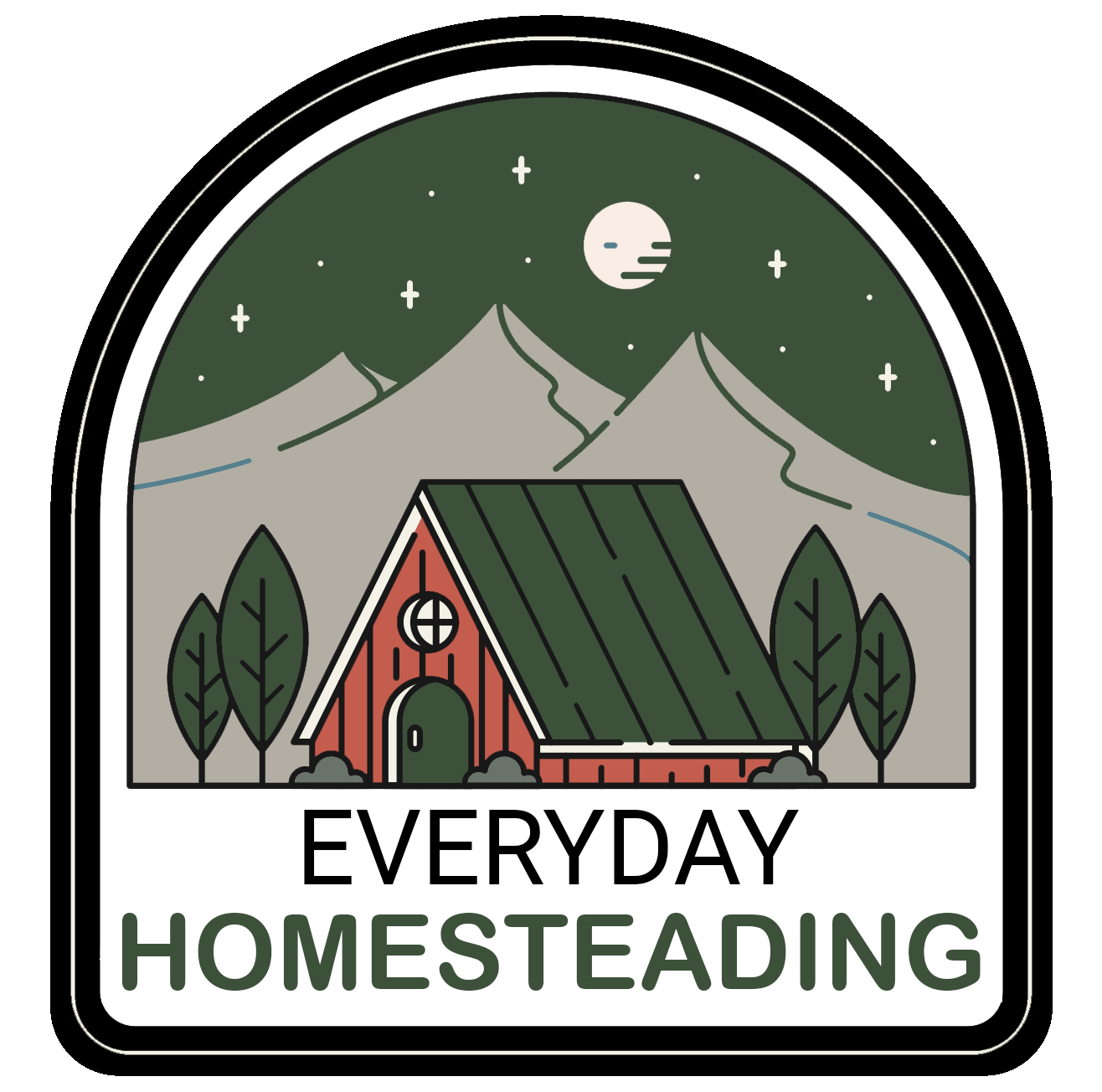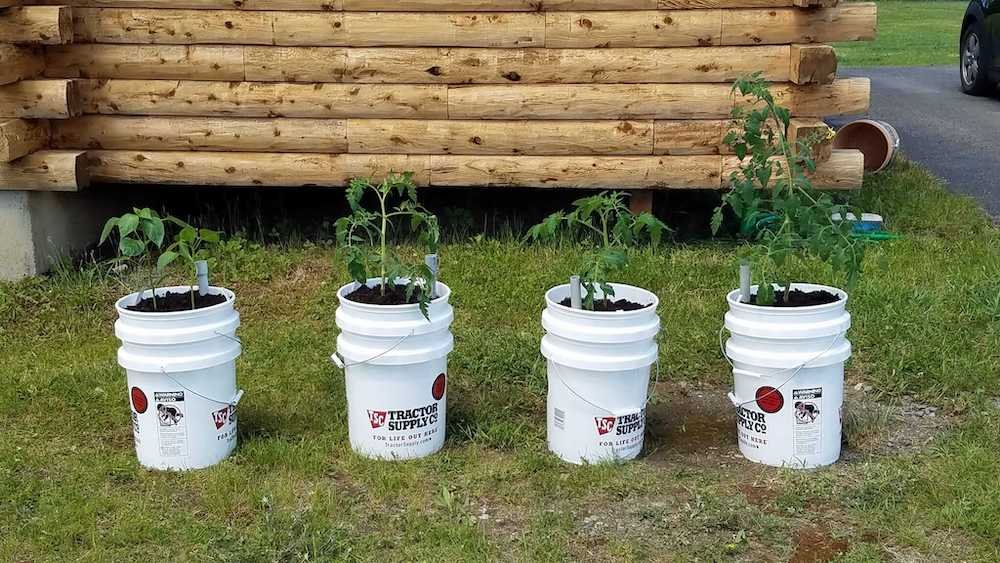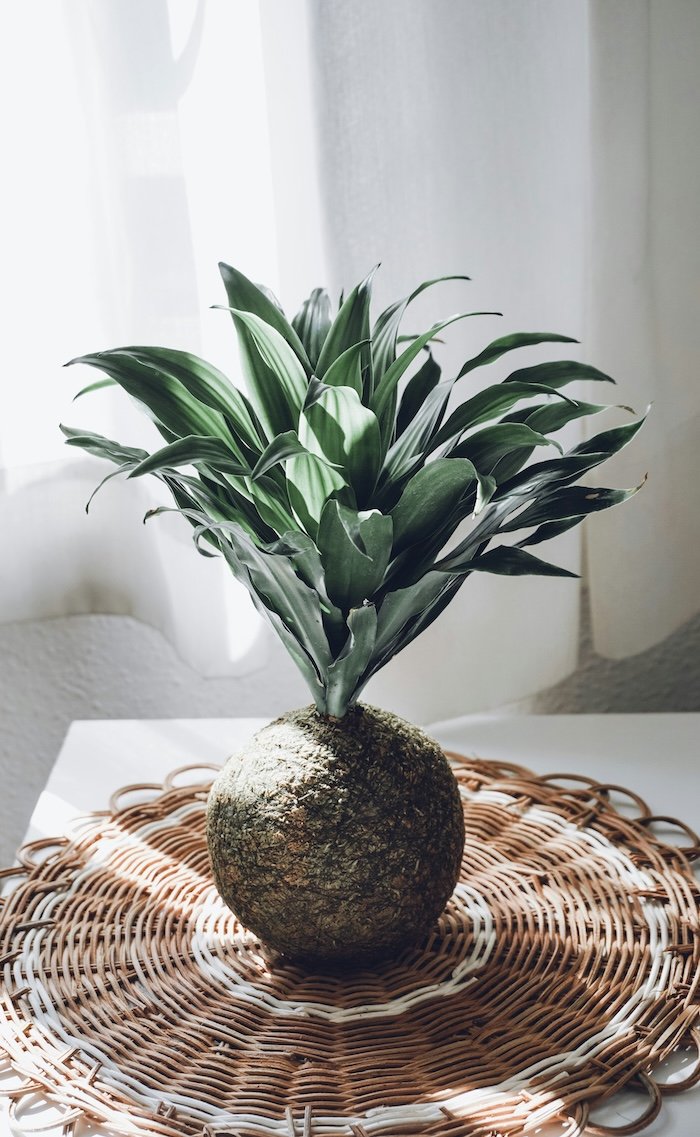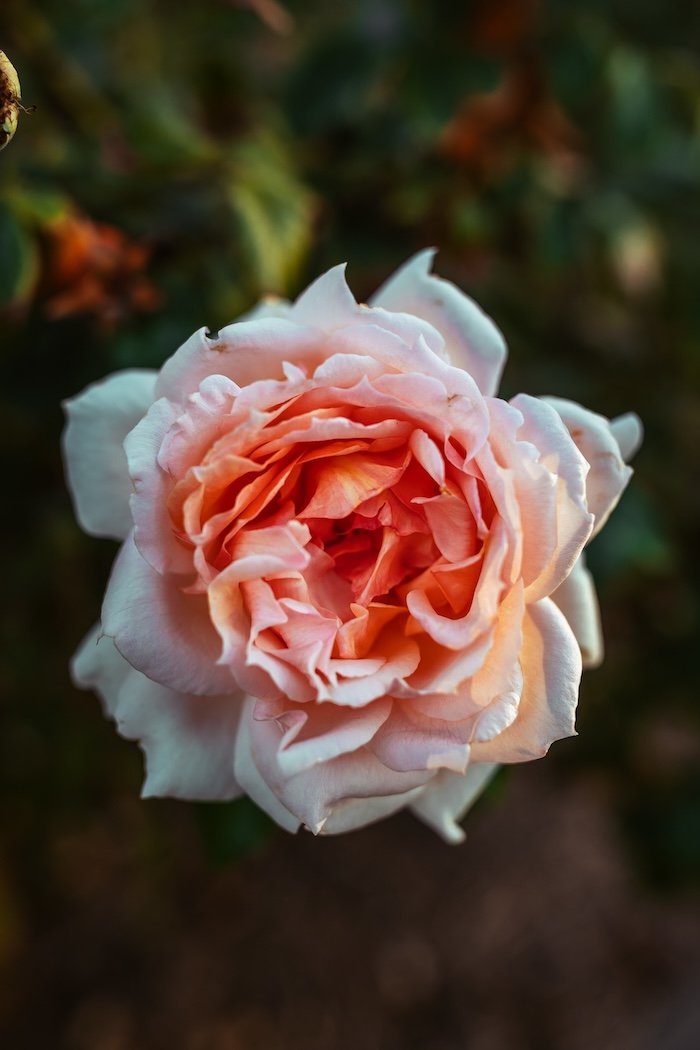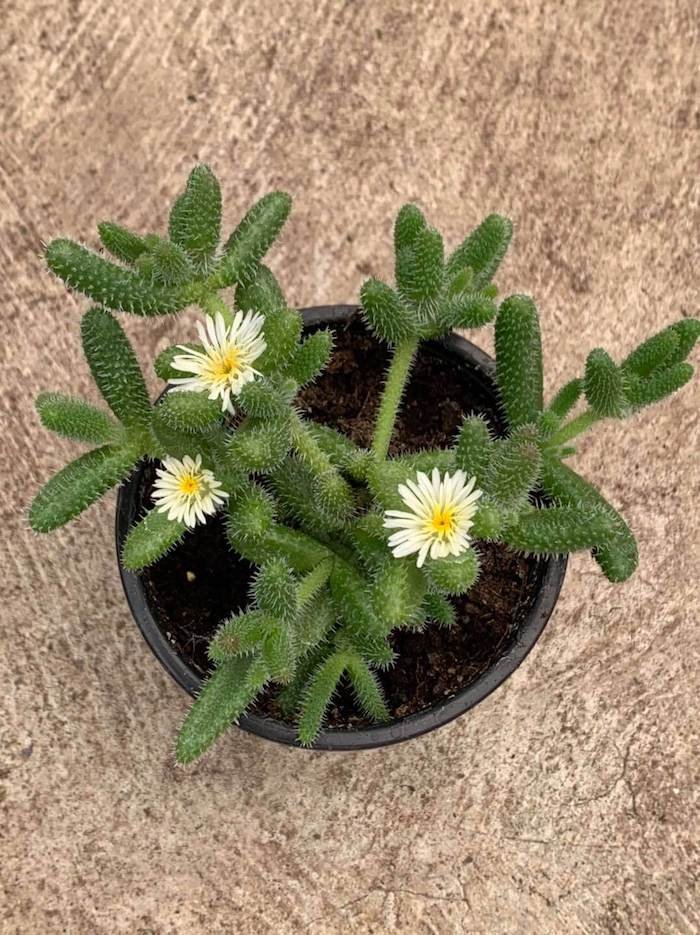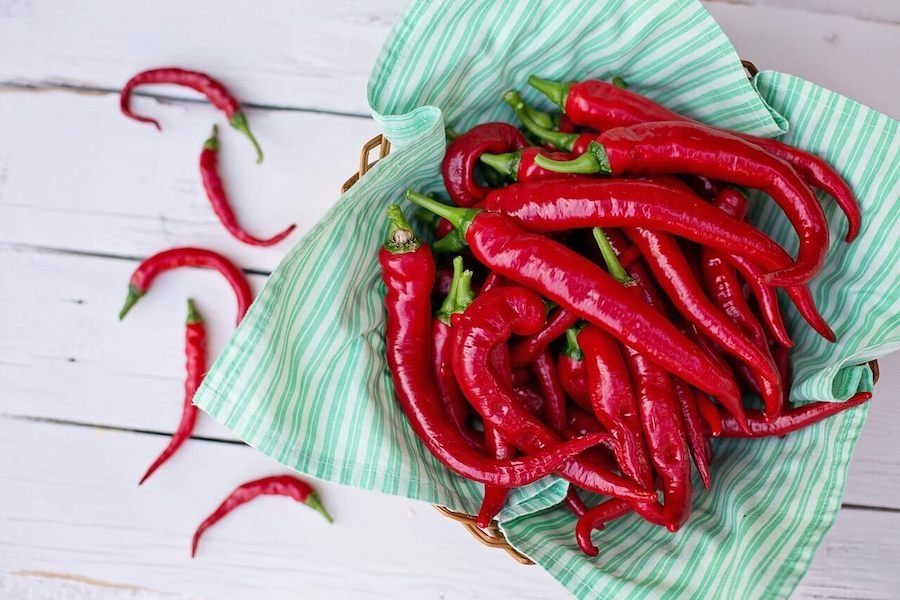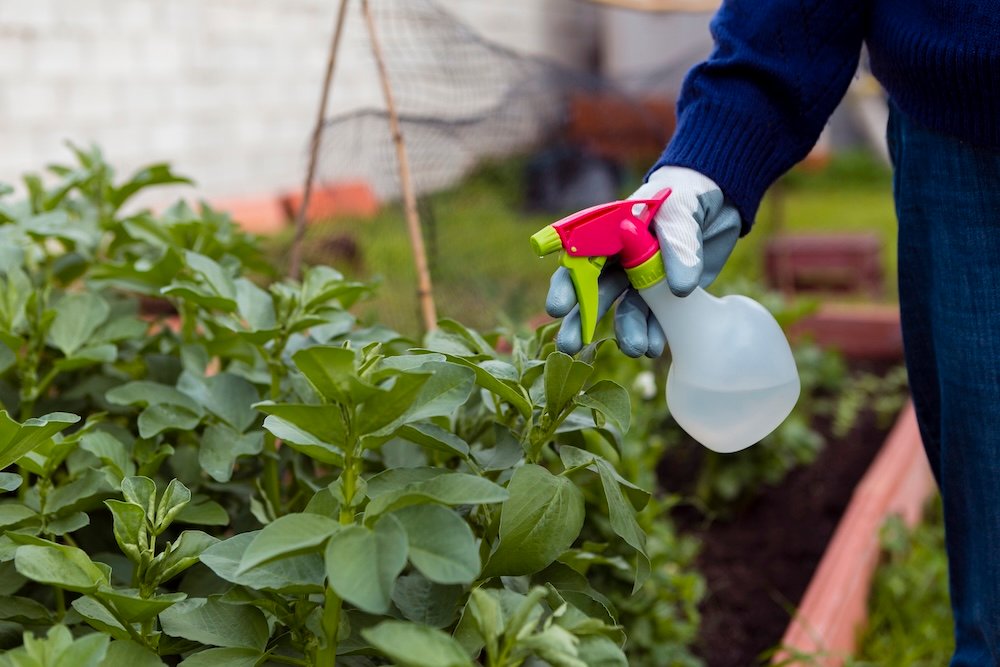Your Guide to Successfully Growing Lemongrass at Home

We’ve been on a journey with growing lemongrass, and let us tell you, it’s been pretty rewarding. This amazing herb, with its bright, citrusy kick, is a staple in so many delicious dishes, especially in Asian cooking. It’s also great for teas and just generally makes things smell fantastic. The cool thing is, it’s not super hard to grow right at home. We’ve picked up a few tricks along the way, and we’re excited to share them with you so you can have your own fresh supply. Let’s get into how you can start growing lemongrass and enjoy its flavor.
Key Takeaways
- Growing lemongrass is easy, whether you grab a stalk from the grocery store or start from seeds. Just make sure the stalk has a good base if you’re going that route.
- Lemongrass loves the sun and good soil. Pick a spot that gets plenty of light, and use soil that drains well. You can plant it in the ground or in a pot, depending on your space.
- Keep your lemongrass happy with regular watering and a little food. It grows fast, so don’t be shy about feeding it. You might also need to move it to a bigger pot or split it up as it gets bigger.
- If you live somewhere cold, you’ll want to bring your lemongrass inside for the winter. It doesn’t like frost at all. Also, keep an eye out for common bugs, though growing lemongrass usually doesn’t have too many problems.
- You can harvest your lemongrass once it’s a good size. The inside part of the stalk is what you’ll use for cooking, but the leaves can make a nice tea. There are tons of ways to use it in the kitchen!
Getting Started with Growing Lemongrass
Lemongrass, with its vibrant citrusy flavor, is a fantastic addition to any home garden. Whether you’re aiming to spice up your culinary creations or simply enjoy its aromatic presence, growing lemongrass is easier than you might think. Let’s explore how to get started!
Choosing Your Lemongrass Source
When starting your lemongrass journey, you have a few options. You can purchase established plants from a local nursery, which is often the quickest route. Alternatively, you can try rooting stalks from the grocery store or even growing from seed. Each method has its own advantages, so consider what works best for your time and resources. Getting vigorous young lemongrass plants from a reputable source can really give you a head start.
Starting from Stalks
One of the coolest ways to start growing lemongrass is from stalks you can find at most grocery stores. Look for stalks that still have a bit of the root end intact. Here’s how to get them going:
- Place the stalks in a jar with about an inch or two of water.
- Make sure to change the water every couple of days to keep it fresh.
- After a week or two, you should start to see roots emerging.
- Once the roots are a couple of inches long, you can plant the stalk in a pot with well-draining soil.
This method is super rewarding because you’re essentially recycling something you’d normally discard. Plus, it’s a great way to get a feel for the plant’s growth cycle.
Growing from Seed
Growing lemongrass from seed requires a bit more patience, but it’s totally doable. Start by sowing the seeds indoors about 6-8 weeks before the last expected frost. Keep the soil consistently moist and warm, around 70-75°F (21-24°C), to encourage germination. Once the seedlings are a few inches tall, you can transplant them into individual pots. Make sure they get plenty of light. Starting from seed allows you to grow a larger quantity of lemongrass, and it can be a fun project if you enjoy the process of nurturing plants from the very beginning.
Finding the Perfect Spot for Growing Lemongrass
Finding the right spot for your lemongrass is super important for a happy and productive plant. Think of it as setting up its dream home! We’ve learned that a little planning goes a long way in ensuring our lemongrass thrives.
Sunlight Requirements for Growing Lemongrass
Lemongrass loves sunshine! Ideally, it needs at least 6 hours of direct sunlight each day. If we’re growing it indoors, we make sure it’s near a south-facing window where it can soak up as much light as possible. If we don’t have enough natural light, we might even consider using a grow light to supplement. Insufficient sunlight can lead to weak, leggy growth, so we always prioritize finding the sunniest spot available. Remember, happy sun equals happy lemongrass!
Ideal Soil Conditions for Growing Lemongrass
Lemongrass isn’t too picky, but it definitely appreciates well-draining soil. We aim for a soil that’s rich in organic matter. We often amend our garden soil with compost or aged manure to improve drainage and fertility. A slightly acidic to neutral pH (around 6.0 to 7.0) is ideal. If we’re growing in pots, we use a high-quality potting mix that won’t become waterlogged. Good drainage is key to preventing root rot, a common problem with lemongrass. We also make sure to choose the right soil for our lemongrass.
Container vs. In-Ground Planting
Deciding whether to plant lemongrass in a container or directly in the ground depends on our climate and space. If we live in an area with cold winters (below zone 9), container planting is the way to go. This allows us to easily bring the lemongrass indoors when temperatures drop.
Here’s a quick comparison:
| Feature | Container Planting | In-Ground Planting |
|---|---|---|
| Climate | Suitable for colder climates | Best for warmer climates |
| Portability | Easy to move indoors | Permanent location |
| Soil Control | More control over soil composition | Limited control over native soil |
| Space | Good for small spaces, patios, balconies | Requires more garden space |
If we opt for containers, we choose large pots (at least 12 inches in diameter) to accommodate the plant’s growth. In warmer climates, in-ground planting allows the lemongrass to reach its full potential, forming a large, impressive clump. No matter which method we choose, we make sure the location gets plenty of sunlight and has well-draining soil.
Ultimately, the best spot for growing lemongrass is one that mimics its native tropical environment as closely as possible. Plenty of sunshine, well-draining soil, and protection from frost are the key ingredients for success. With a little attention to these details, we can create the perfect home for our lemongrass to thrive.
Nourishing Your Growing Lemongrass
Watering Your Lemongrass Plants
Watering is super important for lemongrass. Consistent moisture is key, especially during the hot summer months. We’ve found that letting the soil dry out too much can really stress the plants, leading to slower growth and even browning leaves. A good rule of thumb is to check the soil moisture every day or two. If the top inch feels dry to the touch, it’s time to water. When you do water, make sure to soak the soil thoroughly, allowing the excess water to drain out of the bottom of the pot (if you’re growing in containers). Avoid overhead watering, as this can encourage fungal diseases.
Feeding for Optimal Growth
Lemongrass is a heavy feeder, meaning it needs a good supply of nutrients to thrive. We like to fertilize our lemongrass every couple of weeks during the growing season. You can use a balanced, water-soluble fertilizer, or a slow-release fertilizer. For a water-soluble option, follow the instructions on the label for dilution rates. If you’re using a slow-release fertilizer, incorporate it into the soil at planting time, and then reapply every few months. We’ve had good results with nitrogen-rich fertilizer during the peak growing season.
Repotting and Dividing Your Plants
If you’re growing lemongrass in containers, you’ll eventually need to repot it as it grows. We usually repot our plants every year or two, or when we notice that the roots are becoming crowded. When repotting, choose a pot that’s a few inches larger in diameter than the old one. Gently remove the plant from its old pot, loosen the roots, and then replant it in fresh potting mix. Dividing your growing lemongrass plants is a great way to propagate new plants and keep your existing plants healthy. Here’s how we do it:
- Carefully dig up the entire clump of lemongrass.
- Gently separate the clump into smaller sections, making sure each section has its own roots and shoots.
- Replant the divisions in separate pots or in the ground.
Dividing is best done in the spring, when the plants are actively growing. This gives the divisions plenty of time to establish themselves before winter. We’ve found that dividing every few years helps to keep our lemongrass plants vigorous and productive.
Protecting Your Lemongrass Through the Seasons

Overwintering Lemongrass Indoors
Lemongrass loves warm weather, so when those temperatures start to dip, it’s time to think about bringing your plants inside. The key is to act before the first frost hits. If you’re in a colder climate (zones lower than 8), overwintering indoors is pretty much a must if you want to keep your lemongrass alive. You have a couple of options here. One way is to dig up a few stalks, trim them back to just a few inches, and replant them in smaller pots. Place these pots in a bright, south-facing window where they can get plenty of light. Water sparingly, just enough to keep the soil barely moist, since the plants won’t be growing much during the winter. Another option is to cut back a whole potted plant and store it in a cool, dark place like a basement. Again, water very sparingly, just enough to keep the roots from drying out completely. When spring rolls around, bring the pot back into a bright spot and resume normal watering. Wait until temperatures are consistently above 40°F before moving it back outdoors. Remember to choose vigorous young lemongrass plants for the best chance of survival.
Dealing with Cold Temperatures
Lemongrass is a tropical plant, so it’s not a fan of the cold. If you live in an area with mild winters (zones 8 and warmer), your lemongrass might survive outdoors with some protection. But if you’re in a colder zone, you’ll need to take extra steps. One thing you can do is mulch heavily around the base of the plant to insulate the roots. You can also cover the plant with a frost blanket when temperatures are expected to drop below freezing. If you’re growing lemongrass in containers, it’s much easier to move them indoors or to a sheltered location like a garage or shed. Just remember that even in a cool, dark place, the plant will still need some water to keep the roots alive. Don’t let the soil dry out completely. Here’s a quick guide:
- Mild Frost: Cover with a frost blanket.
- Hard Freeze: Move indoors or to a sheltered location.
- Container Plants: Easier to move and protect.
It’s better to be proactive than reactive when it comes to cold temperatures. Keep an eye on the weather forecast and take action before the cold hits. A little bit of preparation can go a long way in protecting your lemongrass.
Common Pests and How to Handle Them
One of the great things about lemongrass is that it’s not usually bothered by many pests. In fact, it’s sometimes used in natural insect repellents. However, there are a couple of pests that can occasionally cause problems, especially when overwintering indoors. Spider mites are probably the most common culprit. These tiny pests can be hard to spot, but they’ll leave behind a fine webbing on the leaves. If you notice spider mites, you can try spraying the plant with a strong stream of water to knock them off. You can also use insecticidal soap or neem oil to control them. Make sure to follow the instructions on the product label carefully. Another potential pest is aphids, which are small, soft-bodied insects that suck the sap from plants. Like spider mites, they can be controlled with insecticidal soap or neem oil. Regularly inspect your plants, especially when they’re indoors, and take action at the first sign of pests. A healthy plant is always more resistant to pests, so make sure your lemongrass is getting enough sunlight, water, and nutrients. Consider using a general-purpose fertilizer to keep your plant strong.
Harvesting Your Homegrown Lemongrass
When to Harvest Lemongrass
Knowing when to harvest is key to enjoying the best flavor from your lemongrass. We usually start harvesting once the plants are about 12 inches tall and the base of the stalks are at least a half-inch thick. Don’t be afraid to harvest regularly; this actually encourages more growth! Think of it like giving your lemongrass a haircut – it’ll come back stronger. You can harvest stalks at any time, but the flavor is most intense when the plant is actively growing, usually during the warmer months. Keep an eye on the thickness of the stalks; that’s your best indicator of readiness. If you’re unsure, harvest one stalk and give it a taste. You’ll quickly learn what you prefer.
How to Harvest Lemongrass Stalks
Harvesting lemongrass is pretty straightforward. Here’s how we do it:
- Choose your stalk: Select a mature stalk from the outside of the clump. These are usually the thickest and easiest to reach.
- Cut or pull: Using a sharp knife, cut the stalk close to the ground. Alternatively, you can firmly grasp the base and pull the entire stalk out. Sometimes a few roots come up with it, but don’t worry, it won’t hurt the plant.
- Trim the top: Cut off the grassy top part of the stalk. Be careful, as the leaves can be sharp. You can save these leaves for making tea or flavoring soups.
- Peel the outer layers: Remove the tough, fibrous outer layers to reveal the tender, inner core. This is the part you’ll use in cooking.
Harvesting regularly not only provides you with fresh lemongrass but also encourages the plant to produce more stalks. It’s a win-win! We’ve found that consistent harvesting leads to a bushier, more productive plant over time.
Using Different Parts of the Plant
Lemongrass is incredibly versatile, and different parts of the plant can be used in various ways. The most commonly used part is the bulbous stem bases, prized for their intense lemony flavor. Here’s a breakdown:
- Stalks: The lower portion of the stalk, especially the bulbous base, is perfect for cooking. Chop, mince, or bruise it to release its flavor in curries, soups, and stir-fries.
- Leaves: The leaves, while tougher, are great for infusing flavor. We often use them to make tea or add them to broths and stocks. Just remember to remove them before serving, as they’re not very palatable to eat.
- Roots: While not as commonly used, the roots can also be used to add a subtle lemony flavor to dishes. Just be sure to wash them thoroughly before using.
To store lemongrass, we usually freeze the inner core either whole or chopped. This makes it easy to have fresh lemongrass on hand whenever we need it. You can also dry the leaves for tea, but the flavor won’t be as strong as fresh or frozen lemongrass.
Enjoying Your Lemongrass Harvest
Now that we’ve nurtured our lemongrass and the time has come to reap the rewards, let’s explore the many ways we can enjoy our homegrown bounty. From culinary delights to soothing teas, lemongrass is a versatile herb that can add a unique zest to our lives.
Cooking with Fresh Lemongrass
Fresh lemongrass is a game-changer in the kitchen. Its vibrant, citrusy flavor elevates countless dishes, especially in Southeast Asian cuisine. We love using it in stir-fries, soups, and curries. To prepare it, we usually trim off the tough outer layers and use the tender inner core. Bruising the stalk releases even more flavor. Don’t be afraid to experiment – a little lemongrass can go a long way!
Making Lemongrass Tea
There’s nothing quite like a cup of homemade lemongrass tea. It’s incredibly refreshing and boasts a range of potential health benefits. We simply steep a few stalks of freshly cut lemongrass in hot water for about 10-15 minutes. You can add honey or lemon to taste. It’s a perfect way to unwind after a long day. Plus, it’s a great way to use up any extra lemongrass we have on hand. We find that using fresh lemongrass really makes a difference in the flavor.
Creative Culinary Uses
Beyond the usual suspects, lemongrass can be incorporated into a variety of creative culinary applications. We’ve experimented with using it in marinades for grilled meats and seafood, infusing it into oils and vinegars, and even adding it to desserts for a subtle citrusy twist. Here are some ideas:
- Lemongrass-infused simple syrup for cocktails
- Finely minced lemongrass in salad dressings
- Lemongrass skewers for grilling shrimp or chicken
Lemongrass is more than just an ingredient; it’s an experience. Its aromatic fragrance and unique flavor profile can transform ordinary meals into extraordinary culinary adventures. We encourage you to explore its versatility and discover your own favorite ways to enjoy this amazing herb.
Wrapping Things Up
So, there you have it! Growing lemongrass at home might seem like a big deal at first, but honestly, it’s pretty straightforward once you get the hang of it. We’ve gone over everything from getting it started to keeping it happy and even how to use it in your cooking. With just a little bit of care, you’ll have fresh lemongrass whenever you need it. It’s super rewarding to grow your own herbs, and this one is definitely worth the small effort. Happy growing, everyone!
Frequently Asked Questions
When is the best time to plant lemongrass?
Lemongrass loves warmth, so we plant it in spring after the last chance of frost has passed. It can grow well both in the ground and in pots.
What kind of light and soil does lemongrass need?
We make sure our lemongrass gets lots of sun, at least six hours a day. It also likes rich, well-draining soil. If we’re planting in pots, we use good quality potting mix.
How often should we water and feed our lemongrass?
We keep the soil moist but not soggy. We water our lemongrass when the top inch of soil feels dry. For extra growth, we feed it with a liquid plant food every couple of weeks during the growing season.
Can we grow lemongrass from store-bought stalks or seeds?
We can start lemongrass from seeds, or by rooting stalks bought from the store. If using stalks, we put them in a jar with an inch or two of water until roots grow, changing the water often.
How do we know when and how to harvest lemongrass?
We harvest lemongrass when the stalks are about 12 inches tall and a half-inch wide at the bottom. We pull the stalk firmly from the base. The inside white part is what we use for cooking.
How do we protect our lemongrass during winter?
Since lemongrass is a tropical plant, it doesn’t like cold. If we live in a cold area, we bring our potted lemongrass indoors for winter. We can cut it back and keep it in a cool, dark place, or by a sunny window, watering just a little.



